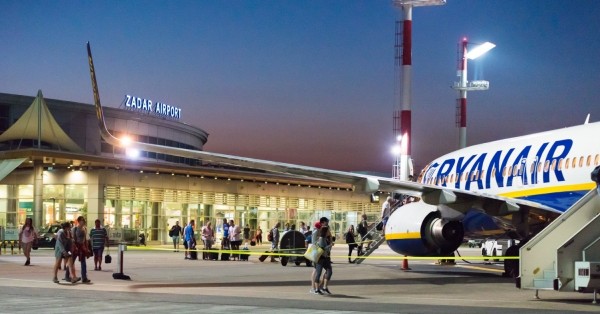MasOrange Emerges: Catalyzing Spain’s Telecom Evolution
In a move that significantly alters the telecommunications landscape in Spain, the newly minted MasOrange has announced a bold investment plan. With a commitment to pour €4 billion into the market over the next three years, MasOrange aims to elevate Spain’s connectivity infrastructure to new heights. This initiative focuses on expanding 5G and fibre optic networks while pioneering innovative service offerings. The merger of Orange Spain and MásMóvil has birthed a telecom giant, combining their strengths to form a dominant force with an expansive subscriber base and a deep commitment to technological advancement.
MasOrange Formation: Merging Giants for a Telecom Revolution
The fusion of Orange Spain’s global prowess with MásMóvil’s dynamic local presence has created MasOrange, a joint venture equally owned by both entities. Sporting the new ‘+O’ logo, MasOrange symbolizes a unified strategy to conquer the Spanish telecom market. Approved by European and Spanish regulators, this merger not only signifies a monumental leap for the companies involved but also serves as a litmus test for Europe’s regulatory approach towards consolidating telecom markets.
With over 37 million mobile and broadband subscribers under its belt, MasOrange steps into the arena as Spain’s largest telecom provider by customer count. This merger sets the stage for MasOrange to drive forward Spain’s digital transformation, leveraging the combined infrastructure and expertise of both legacy companies.
MasOrange’s Vision: Investing in Spain’s Digital Connectivity
MasOrange’s ambitious investment strategy outlines a comprehensive plan to bolster Spain’s digital infrastructure. Central to this strategy is the rollout of 5G technology, aiming to achieve coverage for over 90% of the population. This move not only enhances mobile internet speed and reliability but also catalyzes the adoption of next-generation digital services across the country.
The investment also earmarks significant funds for expanding the fibre optic network, with plans to reach up to 6 million additional homes. This expansion is critical in bridging the digital divide, ensuring that high-speed internet access is not a luxury but a standard provision for Spanish households and businesses alike.
Operational Synergy: MasOrange’s Blueprint for Service Excellence
Beyond the technological advancements, MasOrange anticipates operational synergies that promise to reshape the efficiency and effectiveness of its service delivery. Expected to realize savings of over €490 million annually by the fourth year post-merger, these synergies represent not just cost savings but opportunities for reinvestment in customer service, network expansion, and the introduction of innovative digital services.
The integration of Orange Spain and MásMóvil’s operations poses its set of challenges, including the consolidation of teams and potentially streamlining brand portfolios. However, MasOrange has made it clear that it will continue to harness a multi-brand strategy, capitalizing on the strength of both national and regional brands to cater to diverse customer needs and preferences.
Redefining Competition: MasOrange’s Impact on Spain’s Telecom Market
MasOrange’s entry significantly shifts the competitive dynamics within the Spanish telecom market. With a broad spectrum of services and an expansive network coverage, MasOrange is poised to offer a compelling alternative to established players like Telefónica and Vodafone Spain. This competition is expected to spur innovation, improve service quality, and potentially lead to more competitive pricing for consumers.
Moreover, the strategic implications of MasOrange’s formation extend beyond market competition. It signals a new era of telecom mergers and acquisitions in Europe, where regulatory environments are increasingly accommodating towards consolidation efforts that promise enhanced infrastructure and services for consumers.
The Road Ahead: MasOrange’s Commitment to Spain’s Digital Future
As MasOrange embarks on this transformative journey, its €4 billion investment plan is a testament to the commitment to drive Spain’s digital future. By prioritizing the expansion of 5G and fibre optic networks, MasOrange is not just investing in infrastructure but in laying the groundwork for a connected, technologically advanced Spain.
In essence, the creation of MasOrange heralds a new chapter in Spain’s telecom narrative, one where innovation, connectivity, and customer satisfaction are at the core of its mission. As the telecom giant sets its sights on redefining the digital landscape, the anticipation builds on how this strategic investment will unfold and the transformative impact it will have on Spain’s digital future.




























